For many of us, today is another threshold of the New Year - the back to work day. In the wise words of my mother (and paraphrased a little by me):
Unfurl slowly into the year. Rather than be worked by the wheels of capitalism, take a tip from nature in her dormant state. Conserve your energy, lie low and don’t overspend. The year is long, resolutions can wait till the land is awake, slowly, slowly unfurl into the year.
Around the Solstice I got myself a little lucet. Lucets are braiding tools to create cords and date back to around the 11th century.
I was partly inspired by a friend who lives in Switzerland. Originally American but now relocated in the German speaking Basel area this woman is the most talented person I know. More than not her hands are working on things, drop spindles, weaving, making clothes, printing, carving - she excels at them all.
In my inspiration to making some cords for doll belts the lucet seemed perfect. It’s a very easy tool to get used to, satisfying as the cords grows, and its easy to finish it off with a simple knot. This is my first cords for a a new doll I’m working on. She’s travelled through the solstice and the New Year, and sat patiently as a form as I tried out new styles.
Her tunic is made from a Scottish woven mohair scarf, and the bag is knitted jute. I had hoped to try my hand at processing some nettles this year - maybe thats a project for next winter
For a lucet cord hair tie I used nettle dyed Scottish wool grown on the Isle of Colonsay by Colonsay Wool Growers
This was some commercial wool my niece gave me - she was at college studying weaving. Slowly and surely I’m changing over to use UK grown wool from small holders with small flocks. These are folks who love their sheep, and they often tell you the story of which sheep the wool comes from.
I like the style of this hood/scarf/snood in a very stretchable synthetic type mohair and a golden yellow.
The fake fur fits with her colours, or I will try out a black I have - both from charity shops.
her inspiration is very loosely Viking as Scotland of course has deep Viking roots and the lucet is a medieval Viking tool.
This is a tiny lucet which must be very fiddly to work with. I’d like to try and make my own lucet based on a red deer antler.
This heavily worked antler object from York has been posited as a possible lucet. The suggestion is because of the fork and that the tips of the tines are worked, though the evidence is no more substantial than that (MacGregor et al 1999). Based on the decoration this is dated to the 9th-10th centuries. (Halldor the Viking).
Cheyenne Olander created her own lucet (right) from the inspiration of the archaeological findings of small lucets in bone and horn from different places in Sweden that date to around 900 and 1000th. She created her own lucet from elk antler.
An interesting ‘goat’ lucet - click on photo for Reddit source
This is the inspiration I’m looking for. First, I need to find the antler, or rather I think the antler needs to find me. When that happens, we will get to work to make special cords.
My simple lucet can be adapted to be a double lucet, which I haven’t tried yet. The double uses two different threads to you can have a mix of colour, you can also add on beads and shells. I hope to add some into my circular loom woven pieces.
I’m enjoying the slow introduction; I’ve had a habit of overwhelming myself. That is differently a strand I’m weaving into this year. To break things down, small steps, no one needs any more overwhelm.
Links
Brief history of the lucet braiding tool
Halldor the Viking - The adventures of an Early Medieval re-enactor

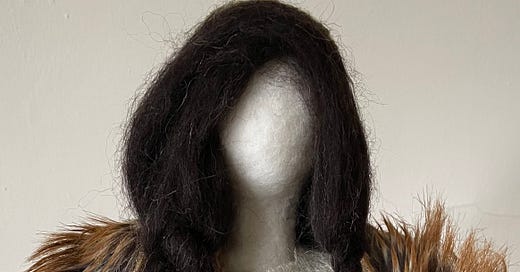



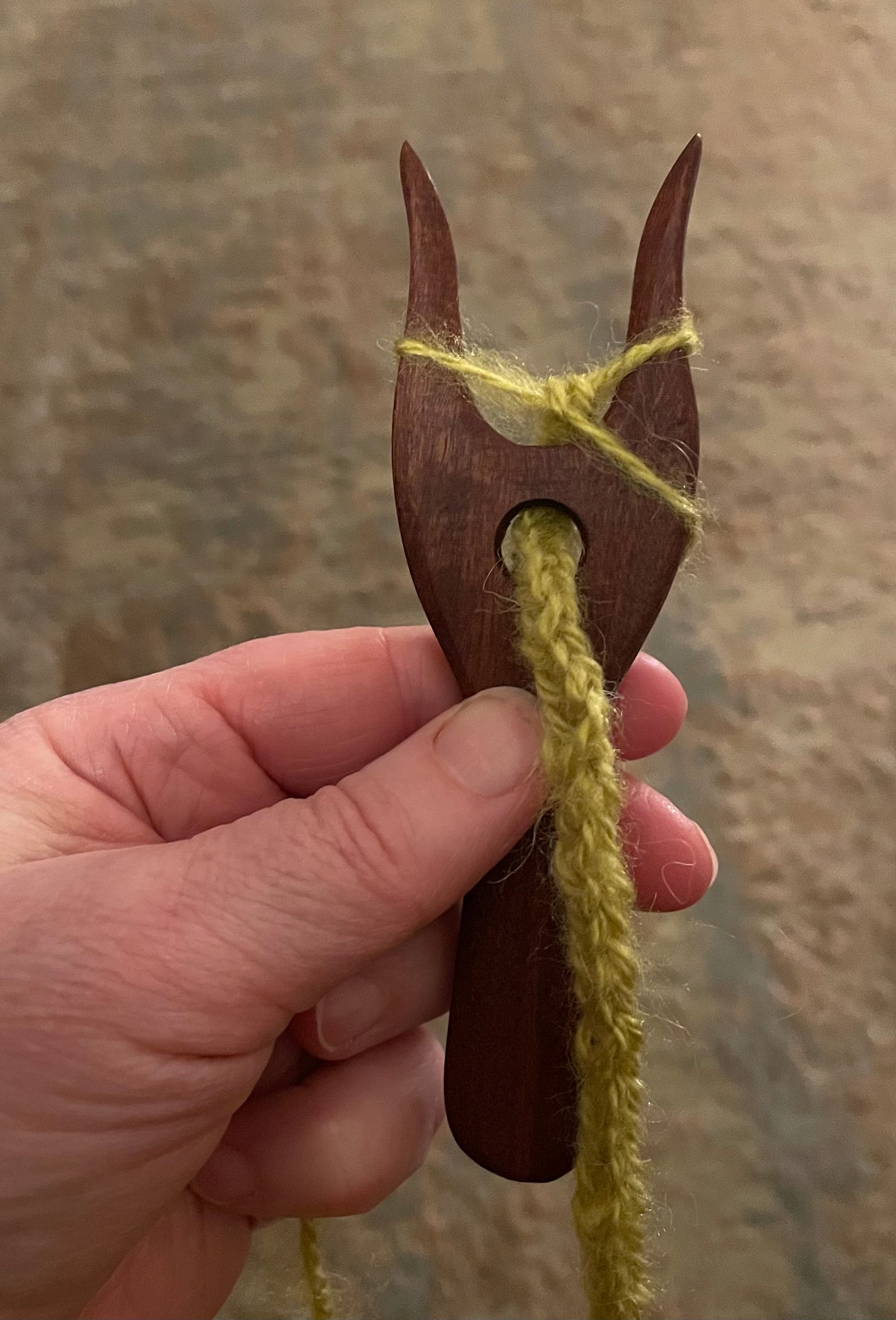
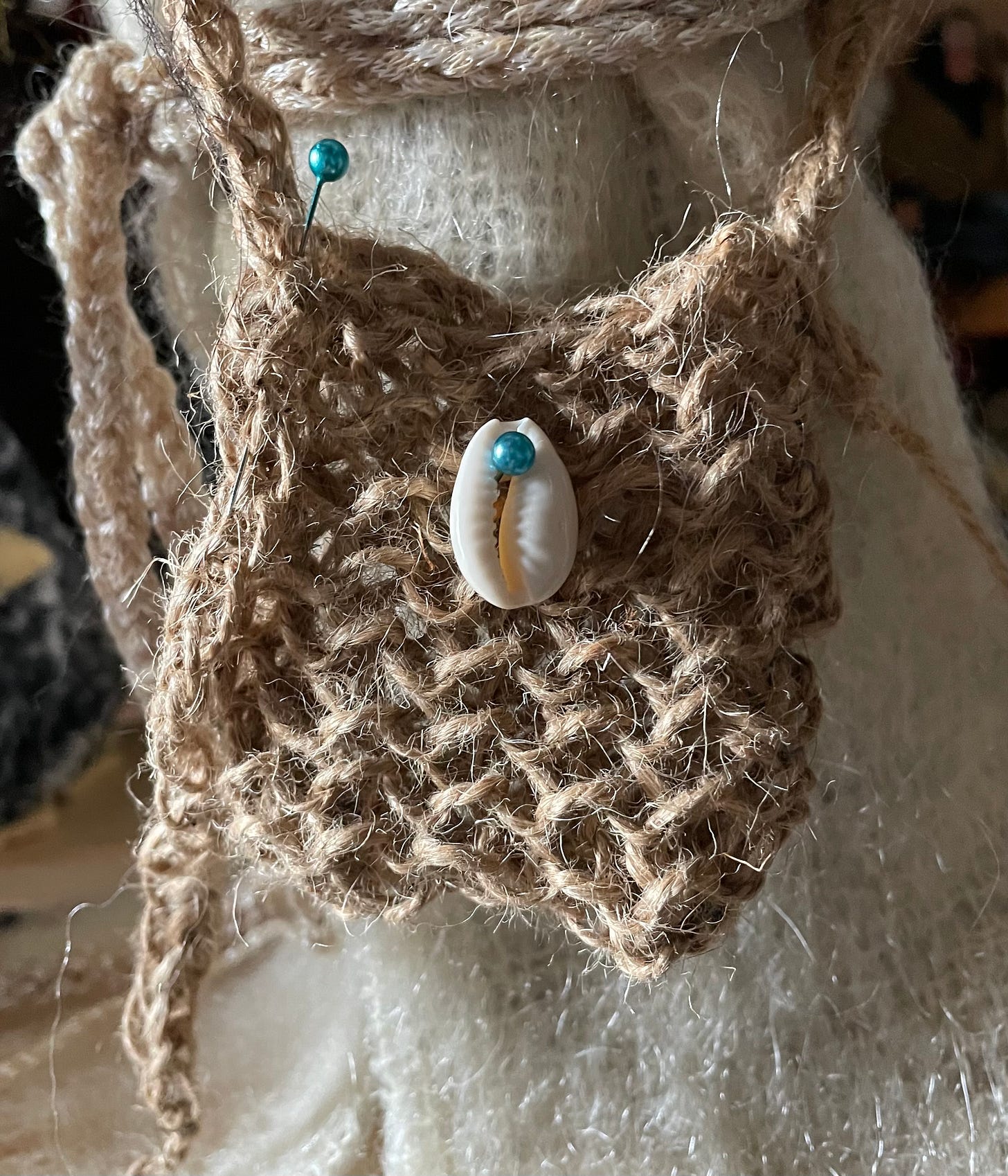
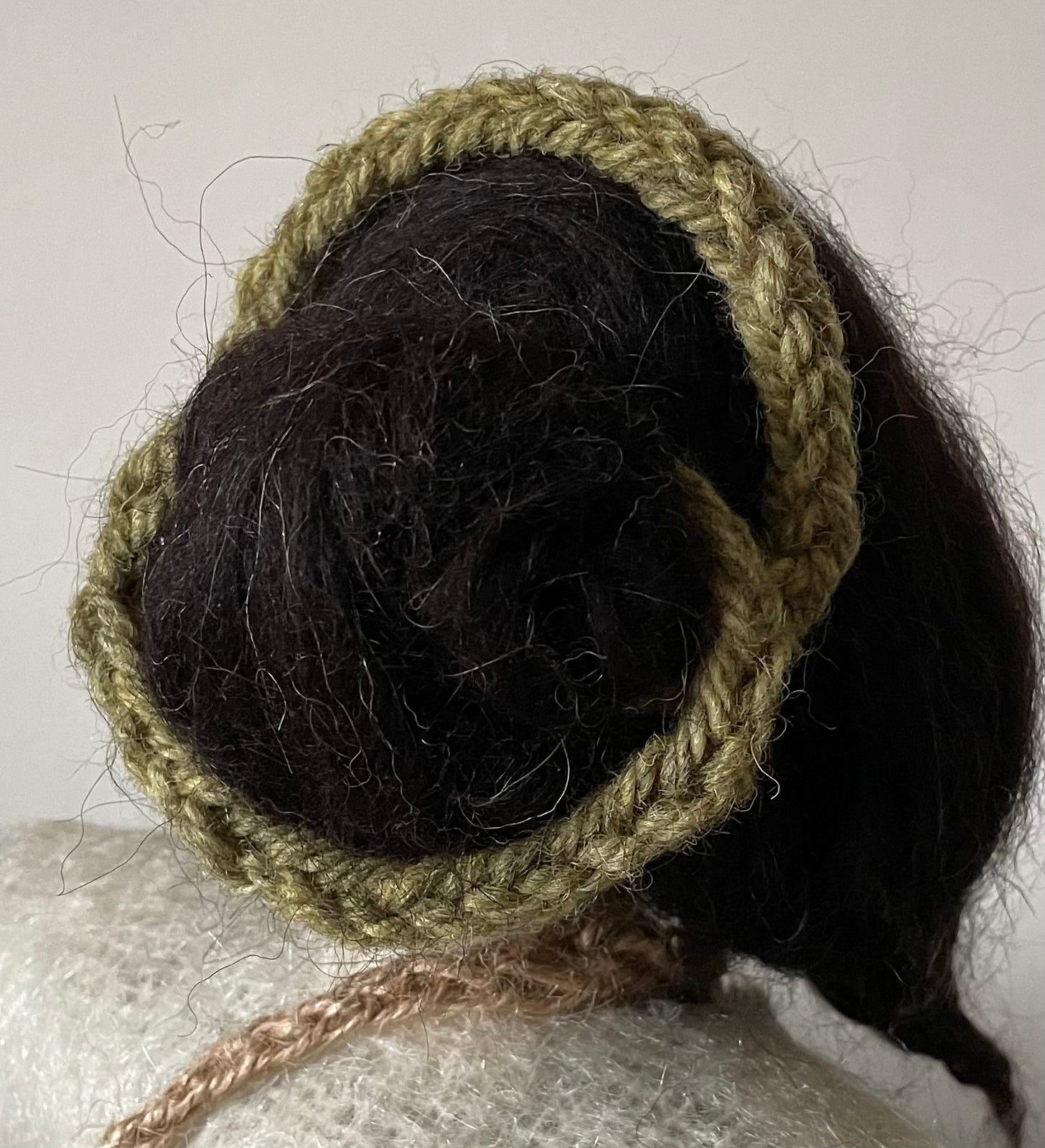
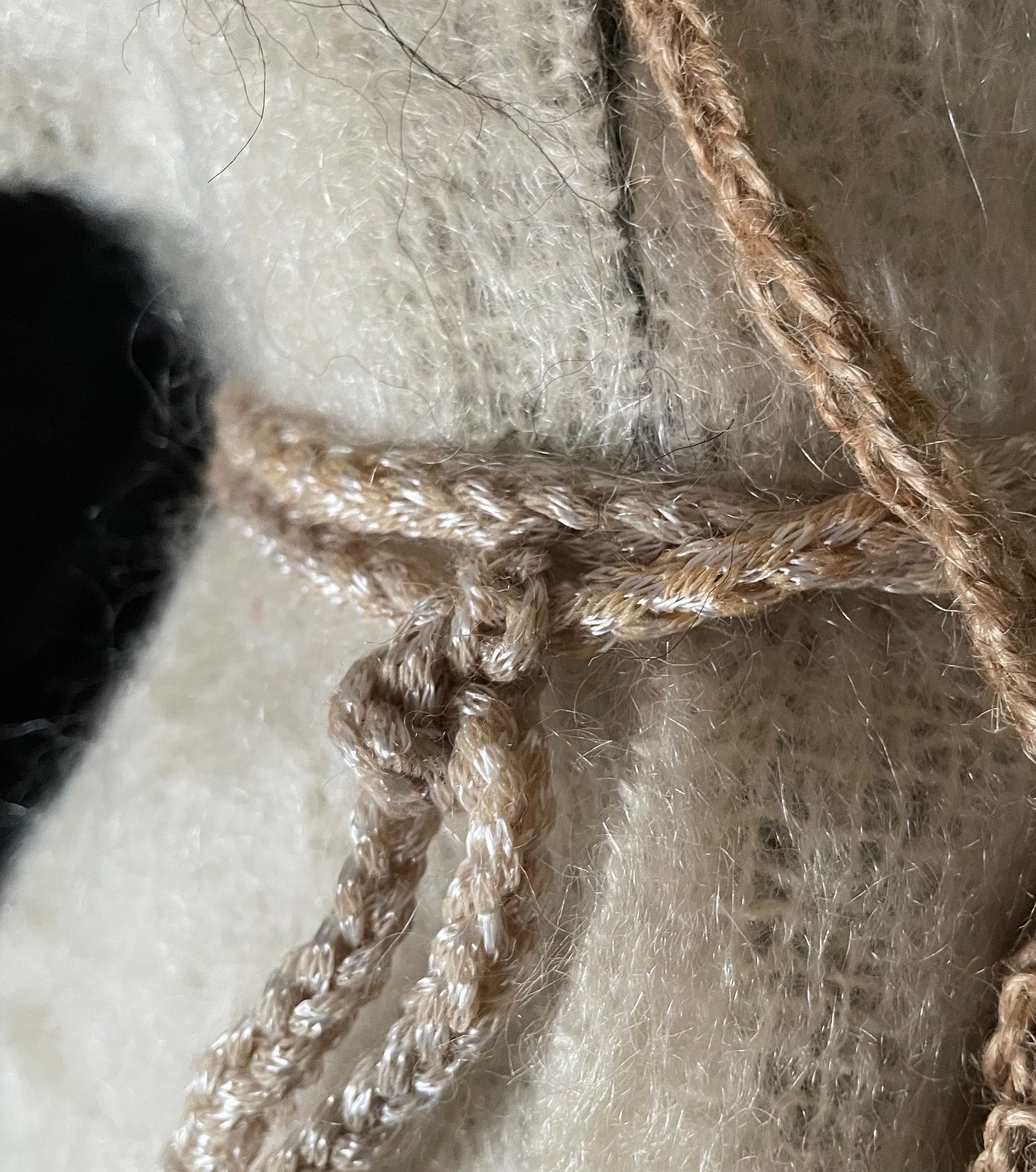
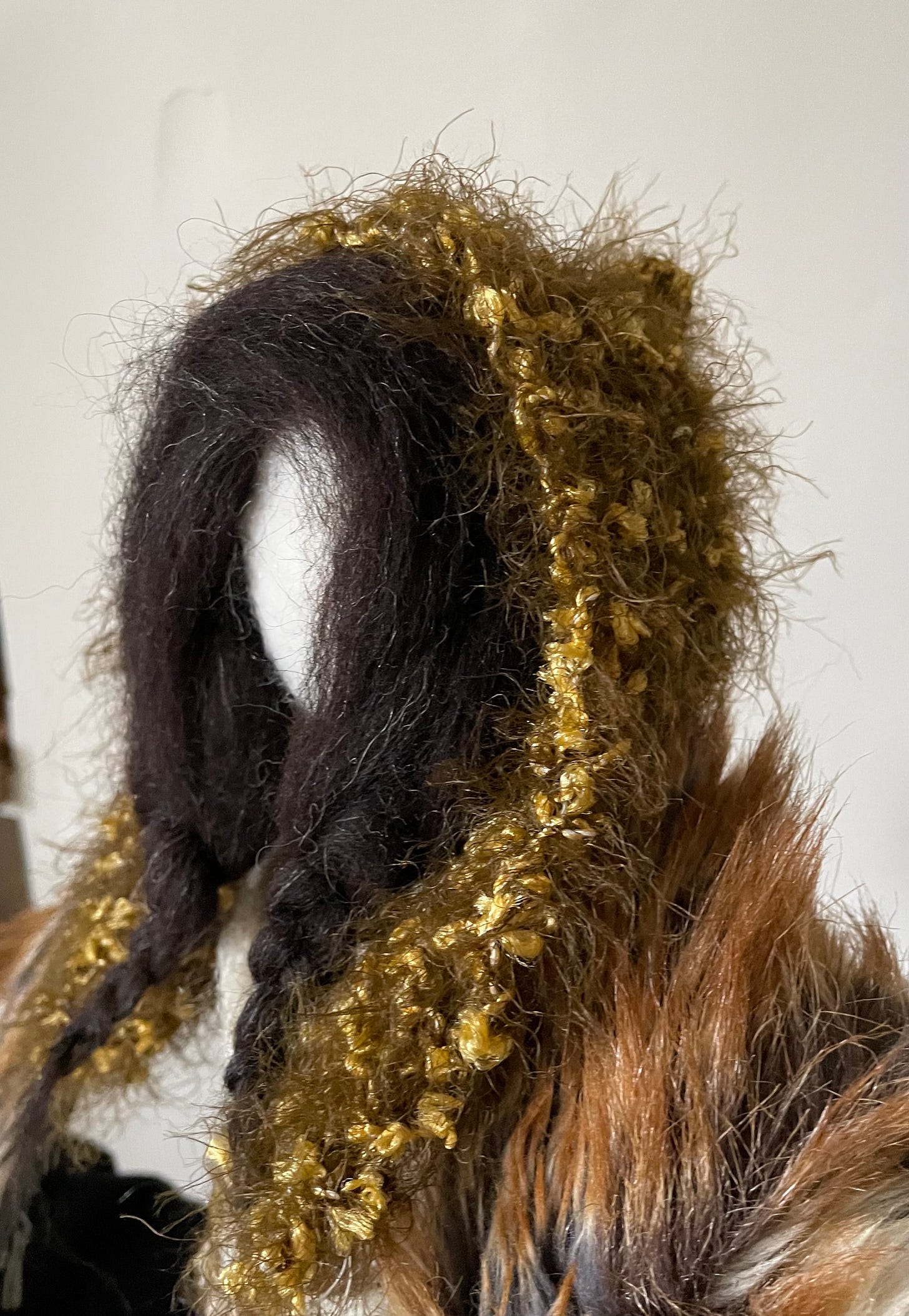




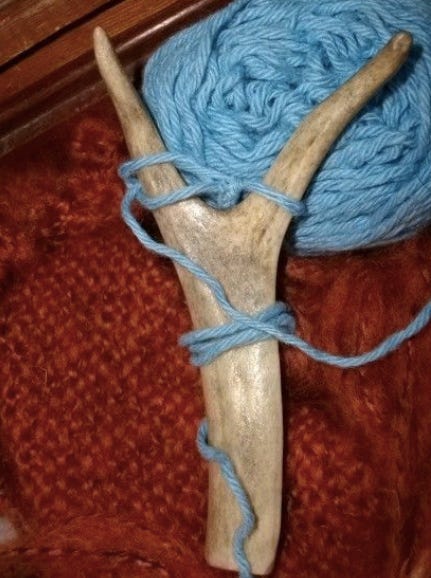

Lovely! So interesting! thank you!
Wonderful! Thanks for the inspiration! 🧶